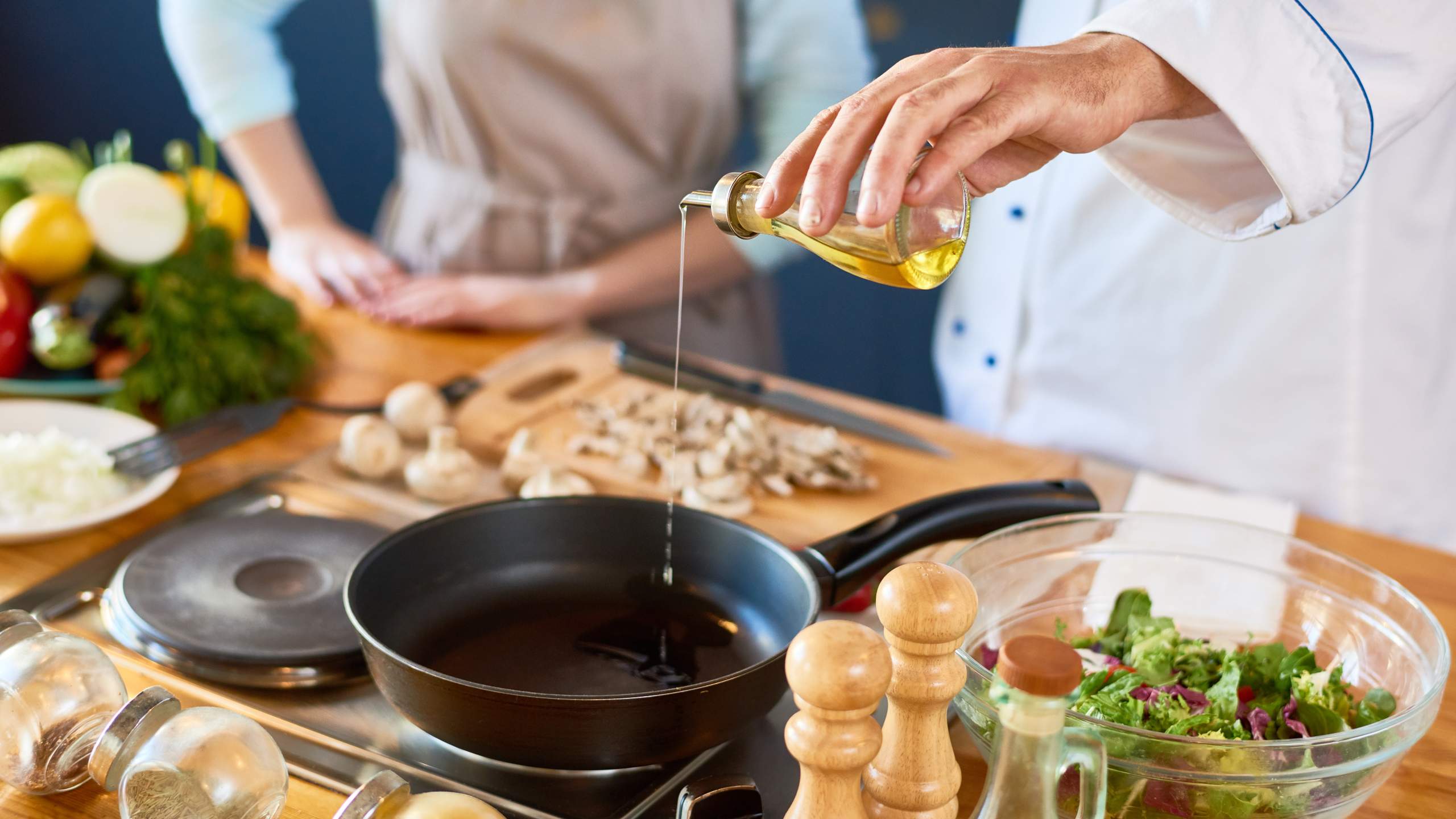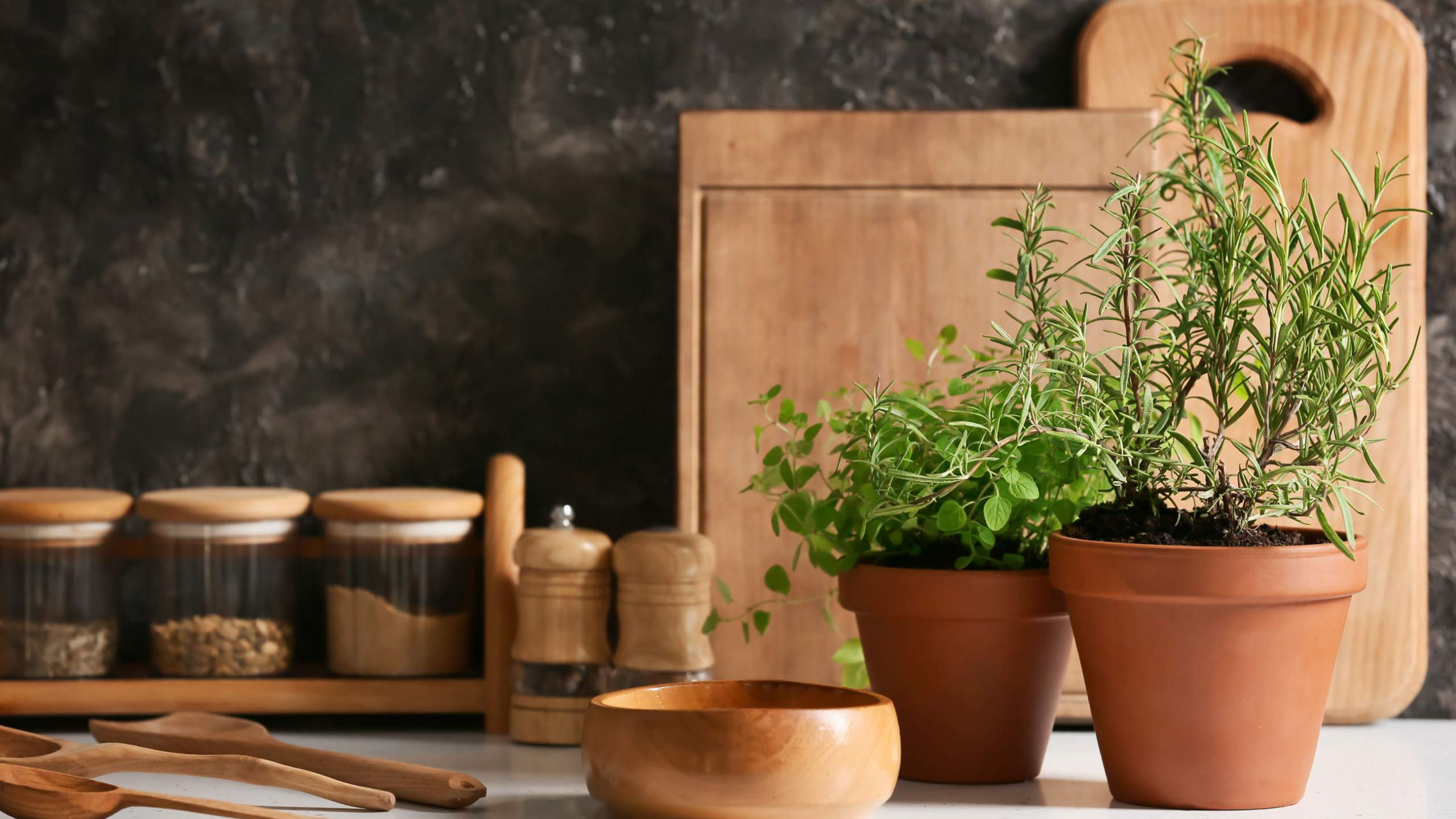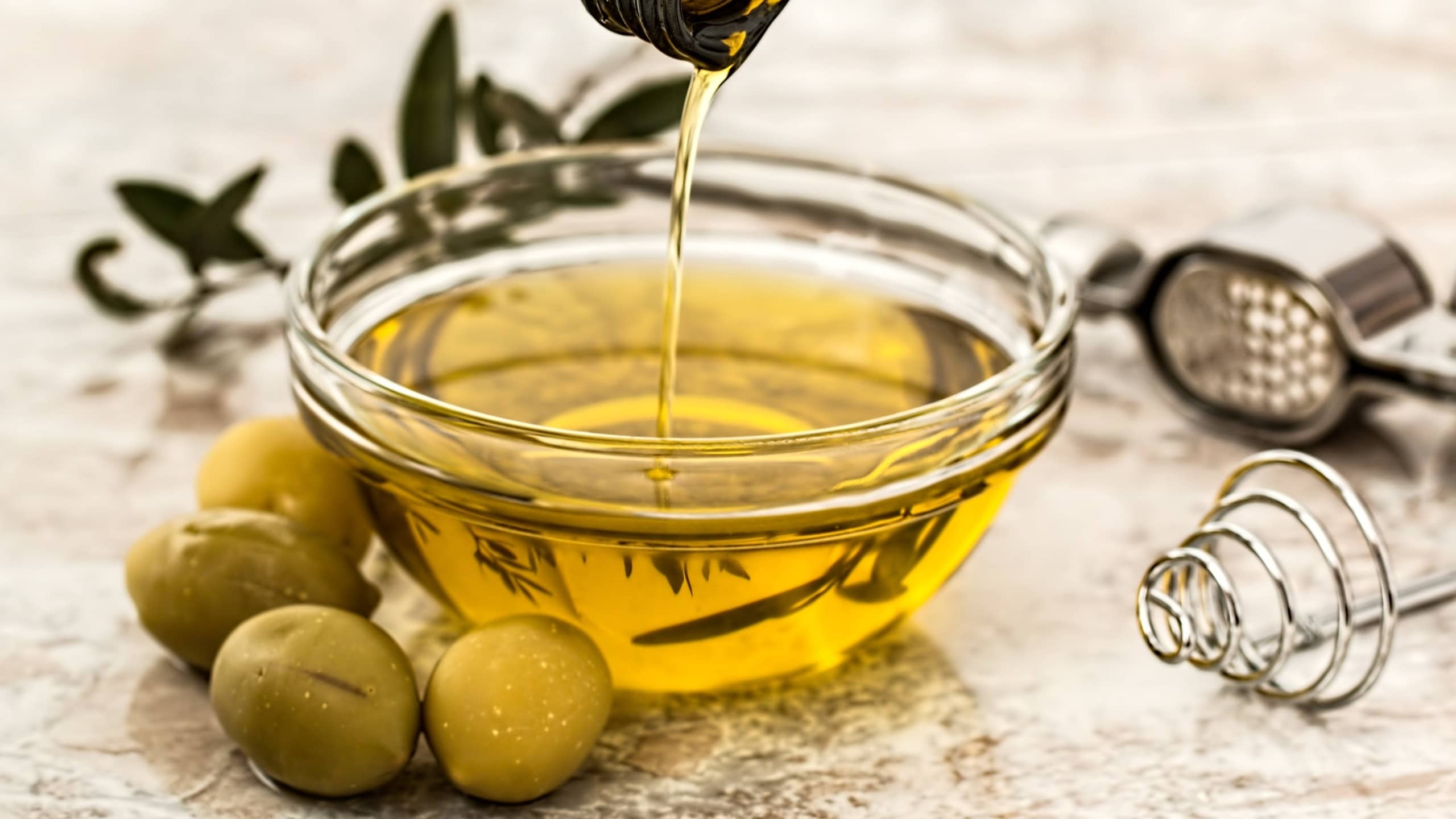Good fats and bad fats
Did you know that not all fats go straight to the legs in the form of cellulite, nor to the annoying tummy rolls? And not all fats promote cardiovascular diseases?
Dietary fats can be divided into two categories: the good (unsaturated) fats, and the bad (saturated and trans) fats.
Unsaturated fats – that is, healthy fats – are mostly plant-based. They are usually liquid at room temperature and can solidify at low temperatures. This type of fat is found in foods such as olive oil, avocado, oilseeds, and oleaginous fruits. These fats are considered healthy because they help maintain normal blood cholesterol levels.
Excess consumption of saturated and trans fats may, however, contribute to a higher risk of diseases in the circulatory and cardiovascular systems. The bad fats usually remain solid at room temperature. Examples are butter, margarine, palm and coconut oil, lard, fat in beef, or fatty cheeses.
If you want to reduce unhealthy fats in your diet, we have six tips worth knowing – and practising.
-
Use less fats while cooking
The first step to reducing fat in your diet is to reduce the amount of fat you use for cooking. We know that the fatty juices of a roast chicken are pretty tasty, but are also a source of unhealthy fats. One way to avoid it is to remove the chicken skin before cooking, and the same with the visible fats in the meat; this will make a big difference.
When seasoning, go for spice-packed marinades to give your dishes a burst of flavour. And when you start cooking, opt for olive oil instead of butter or margarine.
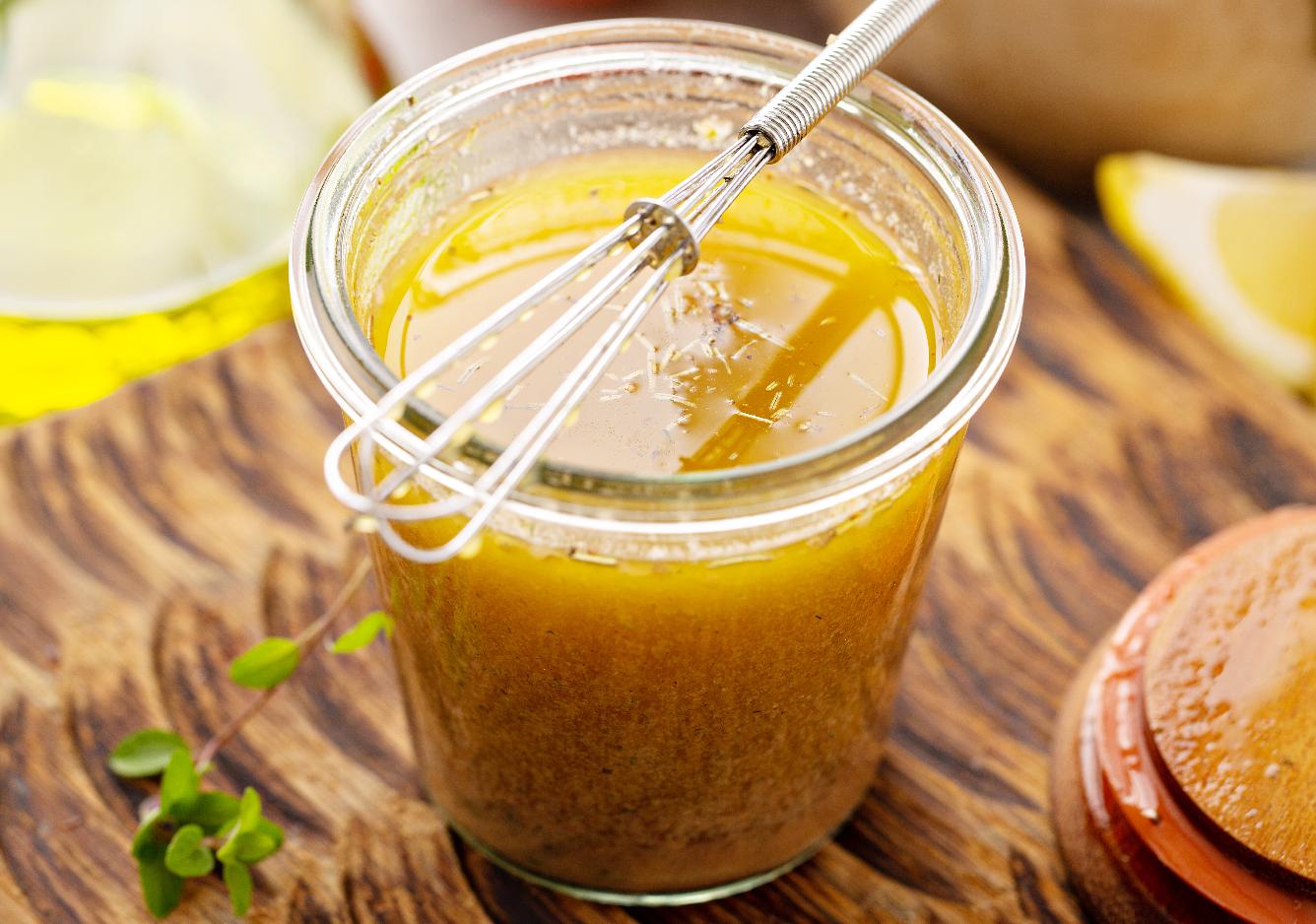
-
Homemade sauces
We know that there are many delicious store-bought sauces for salads, steaks or even pasta, but most of them are not that delicious for your health. How about sauces made with olive oil, garlic, lemon and herbs? They are equally tasty – if not tastier! – and low fat. You can use homemade sauces, dressings and vinaigrettes to season fish, meat and vegetables. And you can even store them in your fridge for another meal.
-
Chose roasts (and stews, and casseroles) over fried foods
Choose to bake instead of frying. It is a simple and easy way to get tasty and low-fat dishes. Roasted grilled, barbecued, baked fish, meat, and veggies…; there are so many recipes to be cooked. The right foods with a touch of creativity are all you need to cook delicious and healthy dishes.
If you can’t find the time or energy to come up with new meals, we can suggest some ideas to try at home. For seafood lovers, nothing easier than throwing together a delicious, whole fish, such as mackerel or herring, a handful of potatoes, diced courgette, and cherry tomatoes into an oven tray, drizzling with olive oil and some aromatics, like garlic and shallots, topped with some herbs – some 45 minutes and you have a healthy, packed-full-of-flavour meal.
How about a simple yet delicious chicken roast for those who can’t resist a good roast? Some chicken thighs, small potatoes and cherry tomatoes, a handful of olives for charisma, and 30 minutes in the oven. As easy to prepare as it can be.
But fear not, vegetarians and plant-based folks! A lovely quinoa, broccoli and cauliflower casserole is just a few minutes away! If you top it up with crumbled feta cheese, it is vegetarian heaven. Being healthy does not need to be complicated.
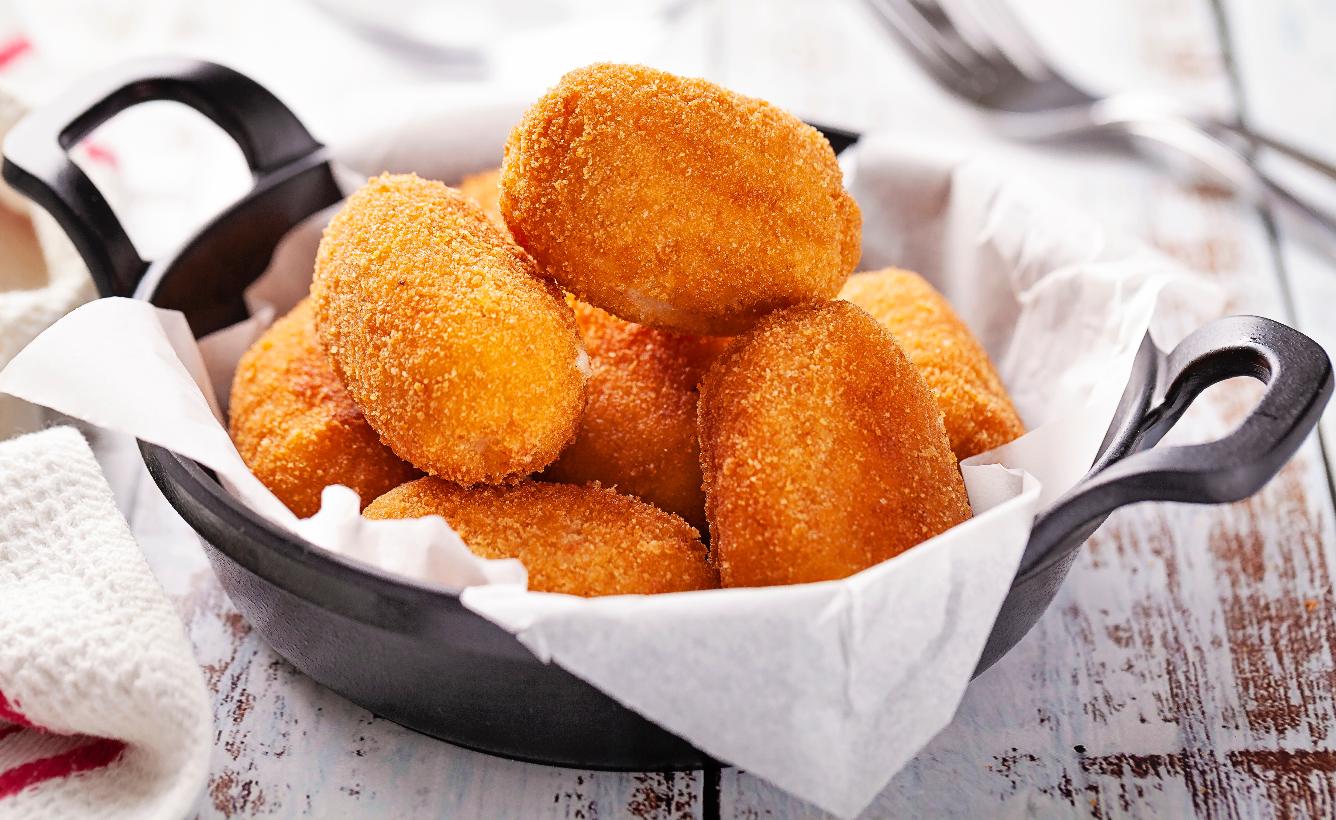
-
Less fried and fatty snacks
Let the one who has never indulged in a savoury fried snack throw the first stone! We understand the appeal of a good fried pastry, which is typical of the Mediterranean. Or even a quick pack of crisps or a handful of cheese crackers. The problem is these typical snacks tend to have high-fat content and should, thus, be avoided.
The alternative is to make your snacks but skip the frying. For example, many Portuguese, Spanish and Italian fried snacks can also be baked. The flavour is the same, but with the silver lining of not being deep-fried.
If you want to go to the full Mediterranean, cook some tomato rice with some Portuguese-baked codfish cakes.
Bear in mind some of these, which are found in the deep-frozen area of your supermarket, are generally pre-fried and should be consumed occasionally.
-
Use an oil-free fryer
Surely you have heard of the air fryer, but do you know how it works? Air fryers do pretty much the same as regular fryers, without using fat, just air – weird, right?
An air fryer is a convection oven where food is cooked in hot, circulating air that “fries” the food. Although unnecessary, one can add a small amount of olive oil – a tablespoon is about enough – to get an even crispier consistency.
You can prepare any typically fried food in an air fryer: just as tasty and with the bonus of being healthier.
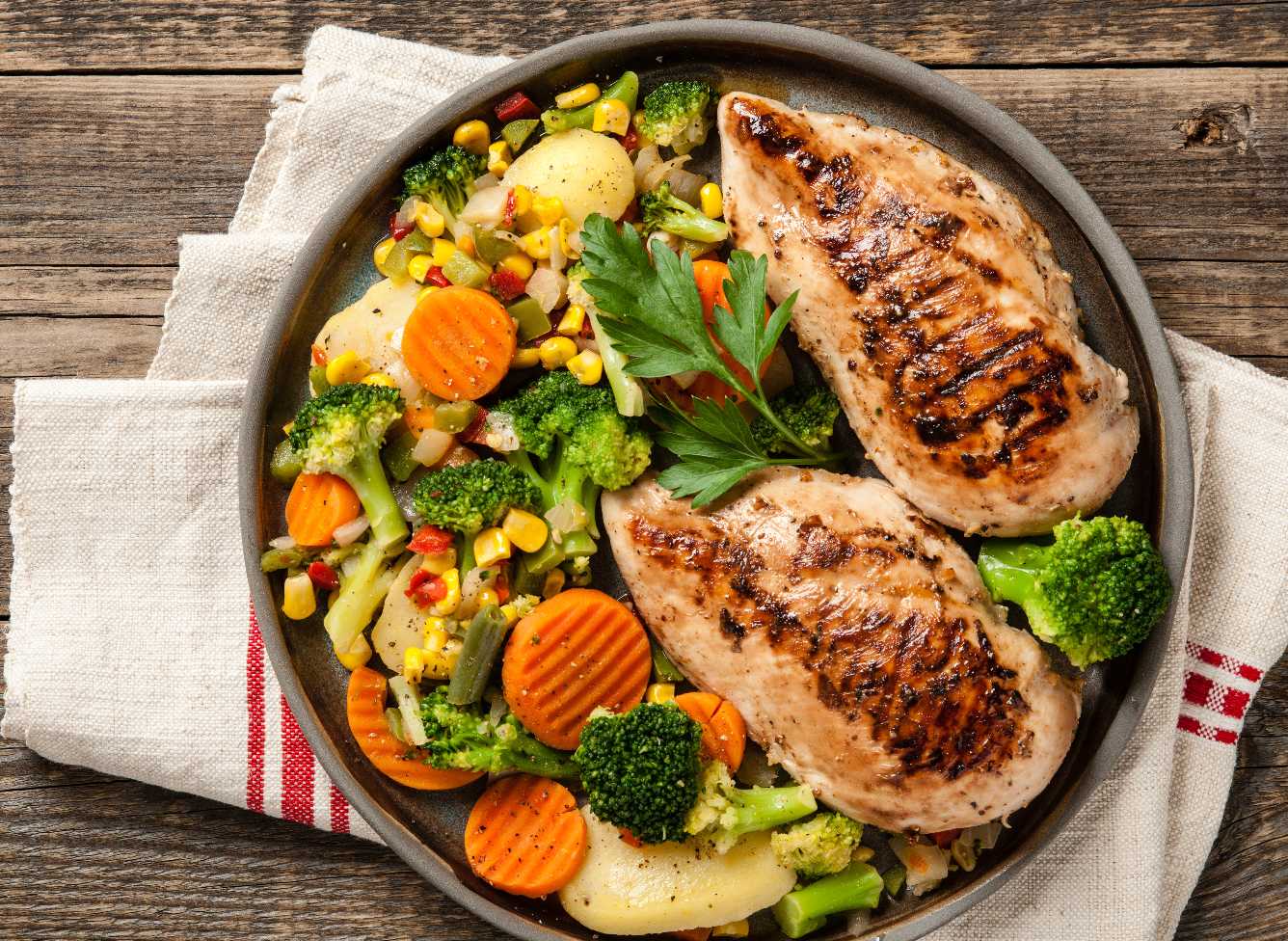
-
Choose lean meats and cuts
Choose leaner, low-fat, white meat over red meat. Remember to remove the skin, and then cook however you like – using as little fat as possible.
Chicken, turkey, rabbit, and fish (make sure to alternate between lean, half-fat and fatty fishes) are good choices if you are looking forward to cooking delicious and nutritious dishes.
